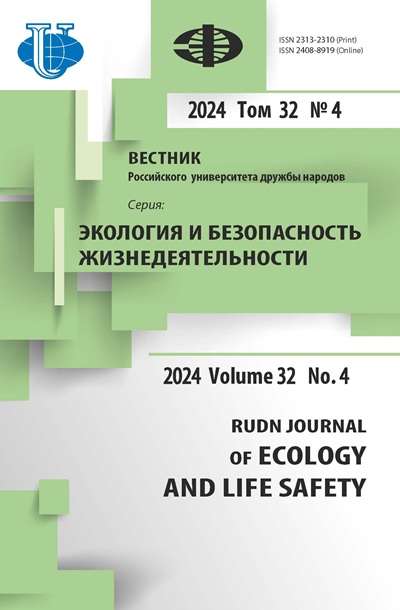Аннотация
Нигерия известна своей богатой растительностью и тропической погодой и наделена избыточными водными ресурсами, несмотря на это она все еще сталкивается с проблемами обеспечения всей страны чистой водой и во многом зависит от альтернативных систем водоснабжения, таких как колодцы, скважины и реки. Однако альтернативные системы водоснабжения не являются эффективными и недостаточны для систем водоснабжения, особенно в стране с большим населением, в связи с чем водоснабжение имеет нерегулярный характер. Законы об управлении водными ресурсами также слабы и в основном не соответствуют сегодняшним стандартам и потребностям. Правительство не уделяет должного внимания надлежащему управлению и сохранению услуг и ресурсов водоснабжения. По этой причине важно выявить фактор, который препятствует осуществлению правил водоснабжения, и предложить решение проблемы. В стремлении понять последствия внедрения и обеспечения строгого регулирования в области водоснабжения с целью надлежащего водоснабжения страны, мы сравниваем прогнозируемую численность населения с инвестиционными капиталовложениями (CAPEX) в водоснабжение в соответствии с целями развития тысячелетия (ЦРТ +). Результаты показывают, что в предстоящем году страна получит значительную выгоду от инвестиций и обеспечения регулярного водоснабжения благодаря наличию рабочих мест и доходов, получаемых за счет коммунальных вод, затрачивая при этом меньше средств на эпидемические болезни, передаваемые через воду, при этом улучшая жизнь и здоровье своих граждан.
















